Honda Malaysia has announced it will be launching four new models this year, including three all-new vehicles and one facelift. We’ve already covered the WR-V in a separate article, but we also have a good idea as to the identity of the other three cars, given the company’s other statements and teasers to go with the announcement, as well as what we’ve already seen in other countries.
One car that’s all but confirmed is the new sixth-generation Civic Type R, codenamed FL5. During its 2023 product plan presentation, Honda Malaysia showed a teaser featuring the hot hatch’s trademark metal-topped shifter. And yes, like all other Type R models before it, the FL5 will only be available with a six-speed manual gearbox; no automatic or dual-clutch transmission here.
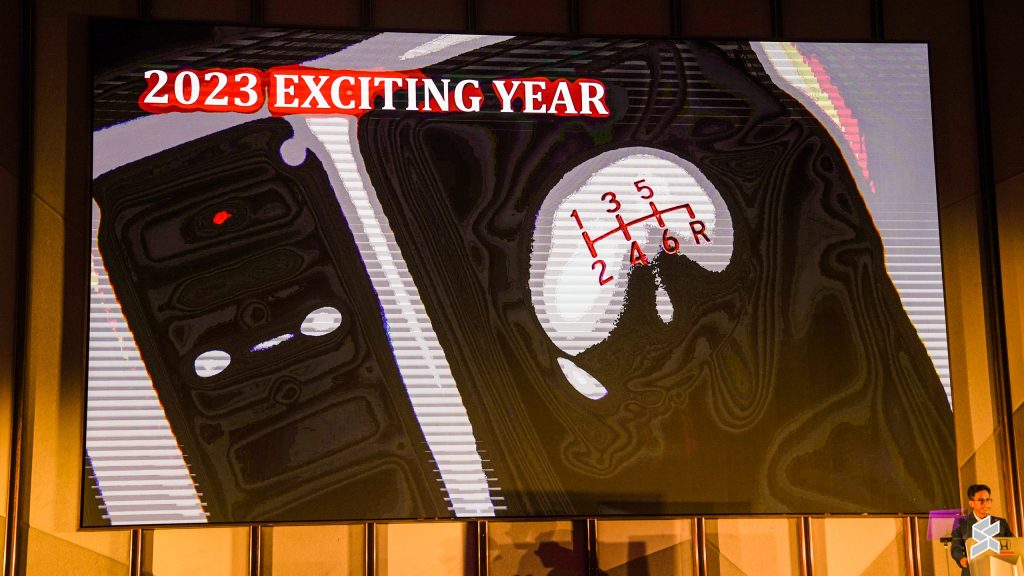
The Type R will complete the 11th-generation Civic lineup (codenamed FE) in Malaysia, following in the footsteps in the petrol and e:HEV hybrid sedans. It’s built on the bones of those cars, but it’s based on the five-door hatchback model not sold in Malaysia. And as befits the Type R, it’s been given some serious upgrades to deliver serious performance.
Not least of which is the engine—a 2.0-litre VTEC Turbo four-cylinder engine, carried over from the outgoing FK8 model. A redesigned turbocharger, intake, exhaust and radiator has freed up a few extra horses, enabling it to churn out 324hp (likely lower for our market due to our poor fuel quality) and 420Nm of torque. All of this is sent to the front wheels, with the fitment of a dual-axis front suspension (now with new lower arms) helping to reduce the torque steer that entails.
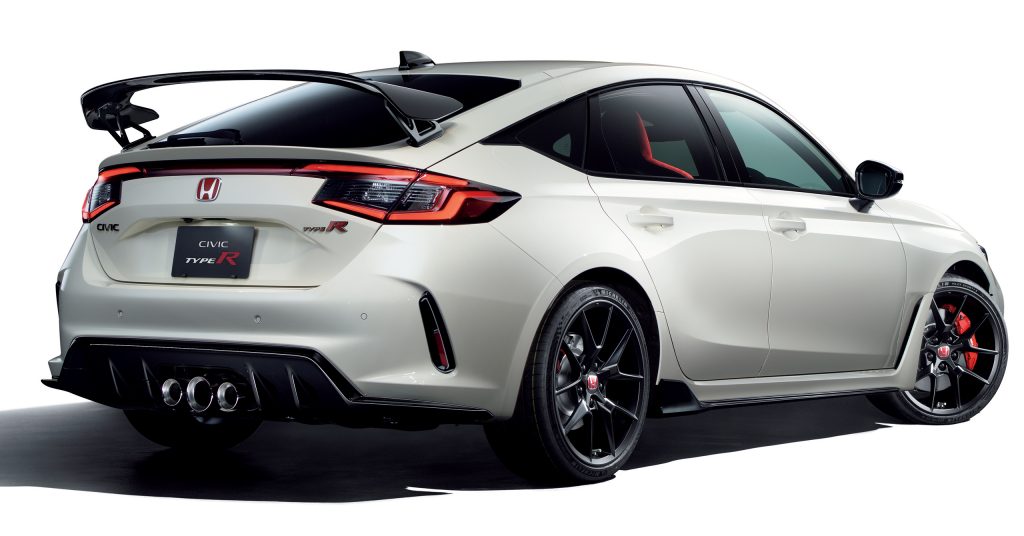
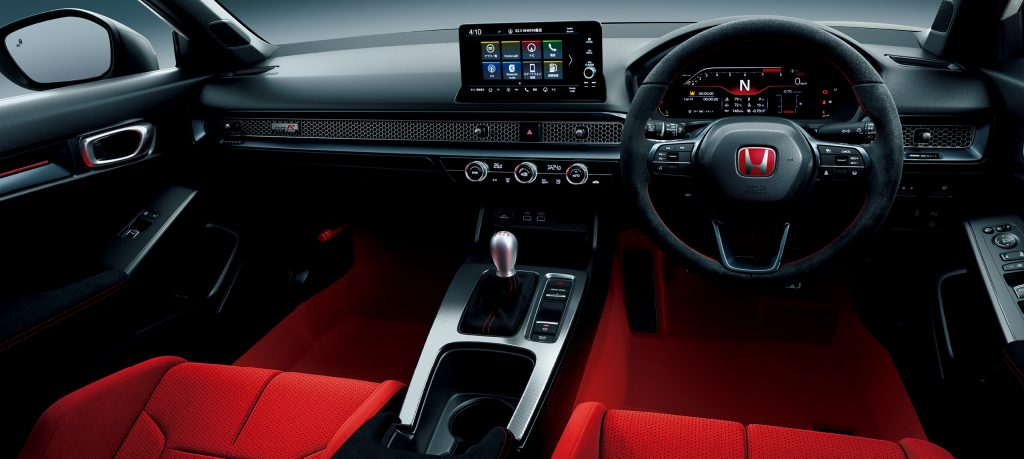
The Type R also features revised steering, retuned adaptive dampers, uprated Brembo brakes and a stiffened body shell to help deliver the driving thrills expected from a Type R. Helping to visualise the tweaks is a far more sober design compared to the outlandish FK8, with details such as the smoother fender flares to house the 265mm Michelin Pilot Sport 4S tyres and significantly wider rear track, the latter improving cornering stability.
That’s not to say the FL5 is a shrinking violet, not when it has an assortment of scoops, massive 19-inch wheels, a towering rear wing and triple-exit exhausts. Inside, the Type R features the usual red bucket seats, an aluminium centre console and revised graphics for the 10.25-inch digital instrument cluster. Also unique to the car is a hardcore R+ drive mode, along with a new Individual mode that lets drivers adjust the engine mapping, steering response, dampers and exhaust sound for the first time.
Honda CR-V 2023
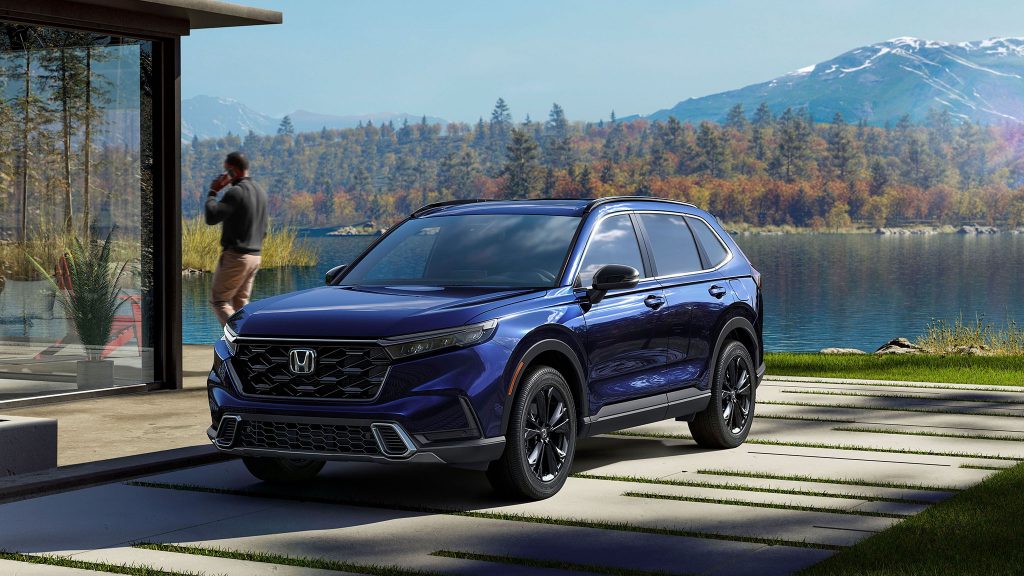
Honda Malaysia did not give any hints for the other two cars, but the confirmation that the BR-V will be discontinued means the new CR-V is practically a shoo-in. Revealed globally last year, the sixth-generation model is set to make its Southeast Asian debut at the Bangkok Motor Show this week, meaning that it will arrive here sooner rather than later.
Two powertrains are earmarked for the region, the first being the ubiquitous 1.5-litre VTEC Turbo four-cylinder also seen in the Civic. It will likely be uprated to cope with the extra weight—in the US, it produces 190hp and 243Nm of torque, 10hp and 3Nm up on the sedan. This will almost certainly be sent to the front wheels via a continuously variable transmission (CVT), with all-wheel drive being an option as before.
Also set to be offered is an e:HEV hybrid, which should share the Civic’s 186hp/315Nm electric motor, with the 141hp/184Nm 2.0-litre naturally-aspirated and direct-injected engine serving as a generator. The petrol mill can also power the wheels directly at higher speeds using a single-speed transmission and lock-up clutch, contributing to a total system output of 204hp.
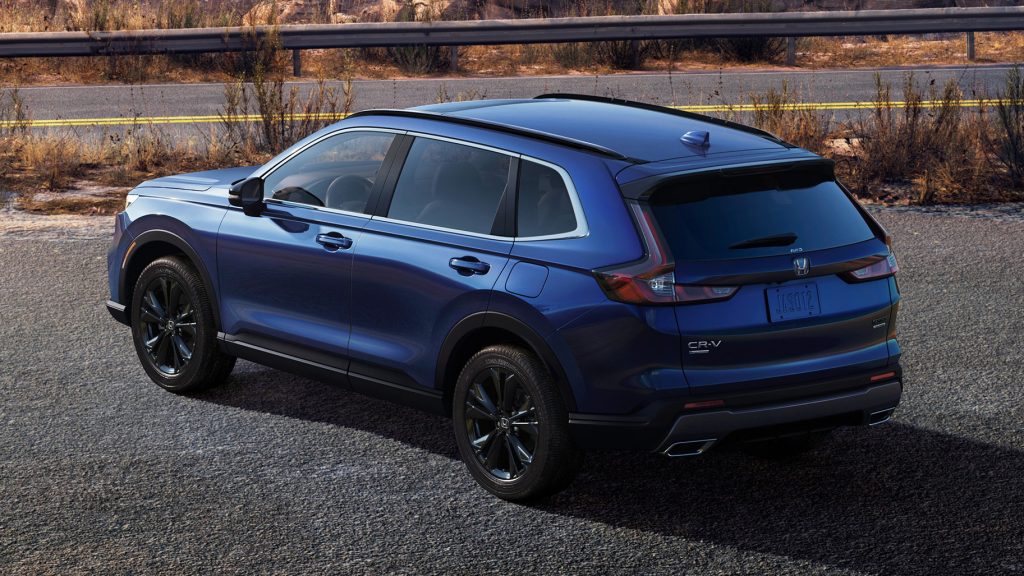
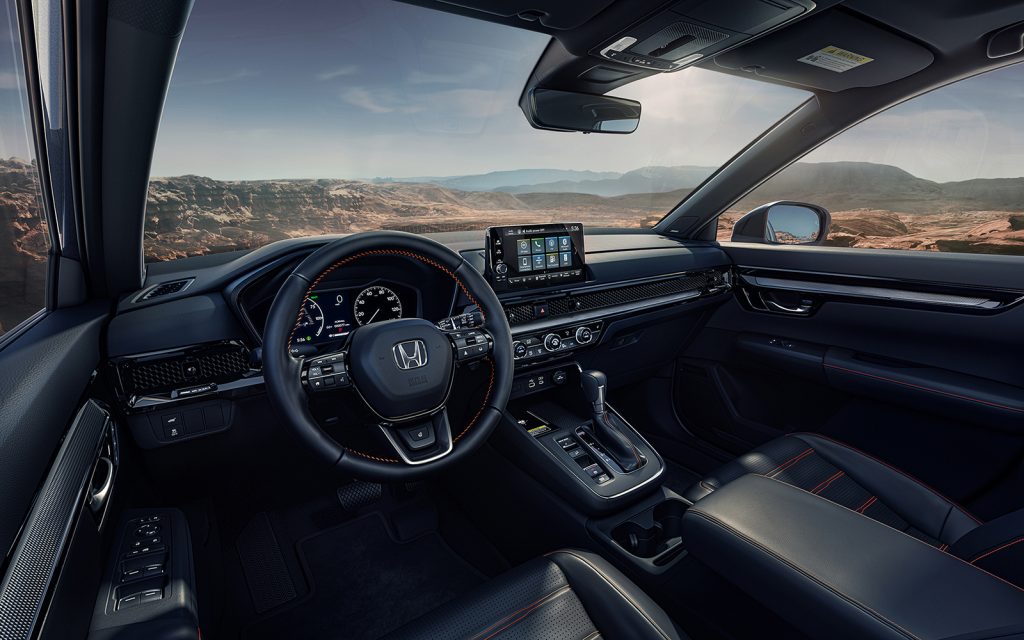
Riding on Honda’s revised global platform, the new CR-V measures 4,694mm long, 1,867mm wide and 1,681mm tall. That makes it 71mm longer, 12mm wider and two millimetres taller than before, while its 2,700mm wheelbase is 40mm longer. Honda is claiming increased front shoulder and rear legroom over the outgoing model, along with a larger 1,113-litre boot that’s expandable to a whopping 2,166 litres with the rear seats (now with eight levels of recline) folded.
The car will also offer more tech, with available features including nine-inch touchscreen, 10.2-inch digital instrument display, wireless Apple CarPlay and Android Auto connectivity, Qi wireless charger and 12-speaker Bose sound system. Hopefully Honda Malaysia will include all these toys, instead of leaving them out as it usually does.
The Honda Sensing suite of driver assists, which consists of autonomous emergency braking, adaptive cruise control and lane centring assist for Level 2 semi-autonomous driving capabilities, should also be fitted as standard now, given that Honda Malaysia did the same for the smaller and cheaper HR-V.
Honda City facelift
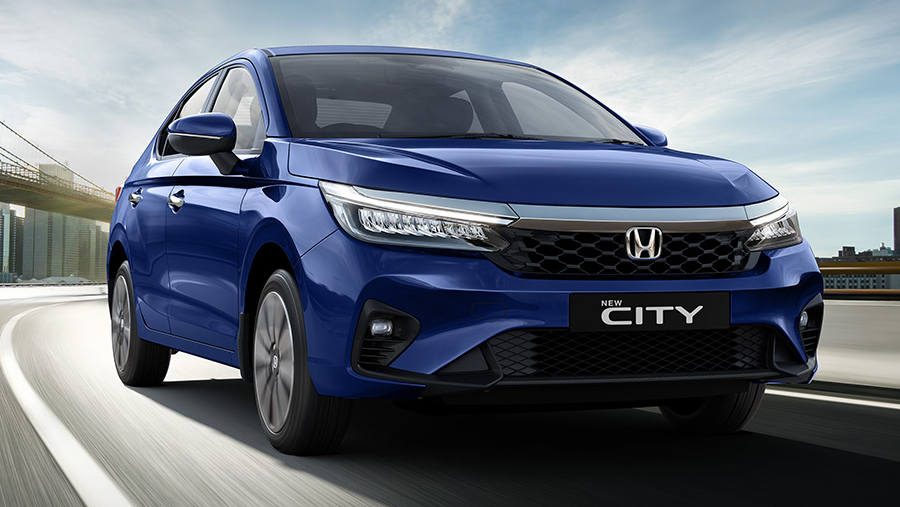
There’s really only one candidate for the facelifted model, and that’s the revised City sedan, which was recently revealed in India this month. The B-segment sedan should receive only minor exterior changes this year, including a redesigned front bumper, a slimmer chrome grille bar, a revamped honeycomb grille mesh (no longer limited to the sportier-looking RS model) and a rather large rear diffuser with integrated reflectors. It also appears the car will get a new two-tone design for the 16-inch alloy wheel option.
Inside, the City receives an optional Qi wireless charger, but no other revisions are expected. As such, you’ll still get an available seven-inch part-digital instrument cluster (likely still limited to the RS e:HEV hybrid), automatic air-conditioning with rear air vents and eight-inch infotainment touchscreen with Apple CarPlay and Android Auto. You can also expect the usual tweaks to the equipment list across the lineup, as is usual with each model change.
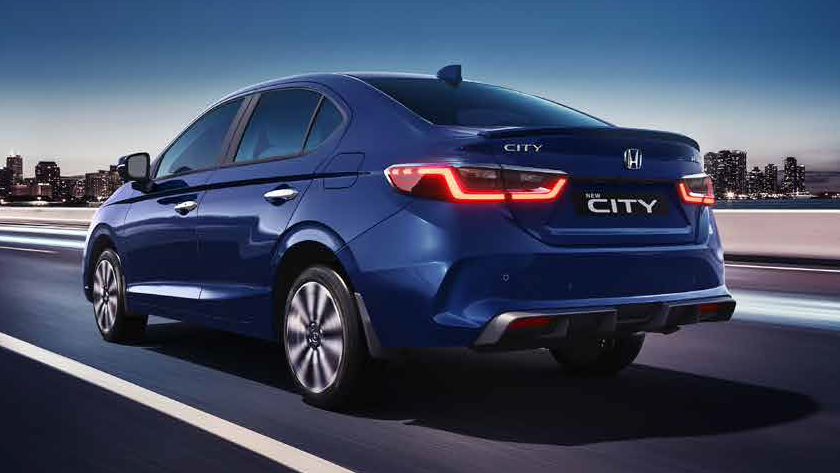
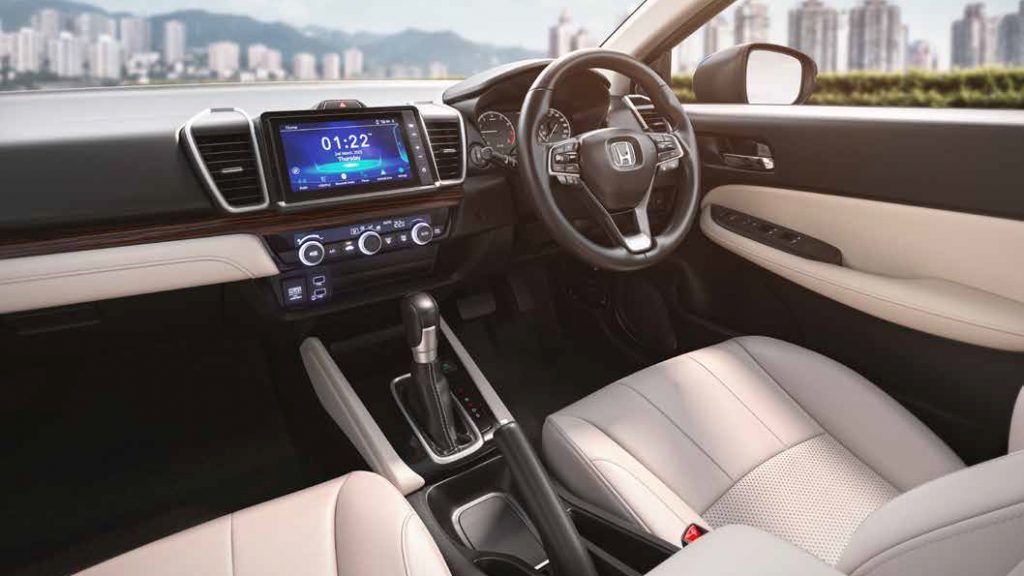
Also likely to be unchanged is the engine options, which include a 1.5-litre DOHC i-VTEC four-cylinder that produces 119hp and 145Nm of torque, sent to the front wheels via a CVT. There’s also the RS e:HEV that uses a 108hp/253Nm electric motor to drive the car, this time with a 97hp/127Nm 1.5-litre Atkinson-cycle engine serving as a generator. Like the CR-V, the petrol mill can clutch in to provide motive power at higher speeds.
Despite a slew of new products this year, Honda Malaysia is expecting a lowkey 2023, predicting a flat 80,000 units in sales (for context, the company sold 80,200 vehicles last year). This is because last year’s sales were inflated due to the sales and service tax (SST) exemption, which runs out this month. The new cars are inline with the firm’s intention of expanding its lineup of RS variants and its suite of Honda Connect remote features, the latter letting users work the car’s functions via a smartphone app.
The addition of the CR-V e:HEV will also further Honda Malaysia’s goal of introducing more hybrid models in the future. The company reiterated its stance of basing its electrification strategy around hybrid vehicles; it believes this is the right approach for the country in the short term, as full electric vehicles continue to battle range concerns and a patchy local charging infrastructure. Its CEO Sarly Adle Sarkum also said it is working with the government on incentives for hybrids, similar to what the latter offers for EVs.
0 comments :
Post a Comment